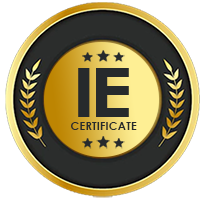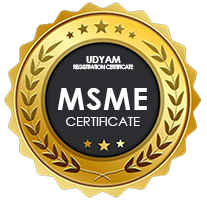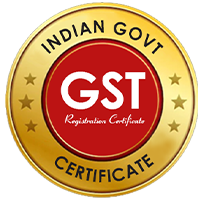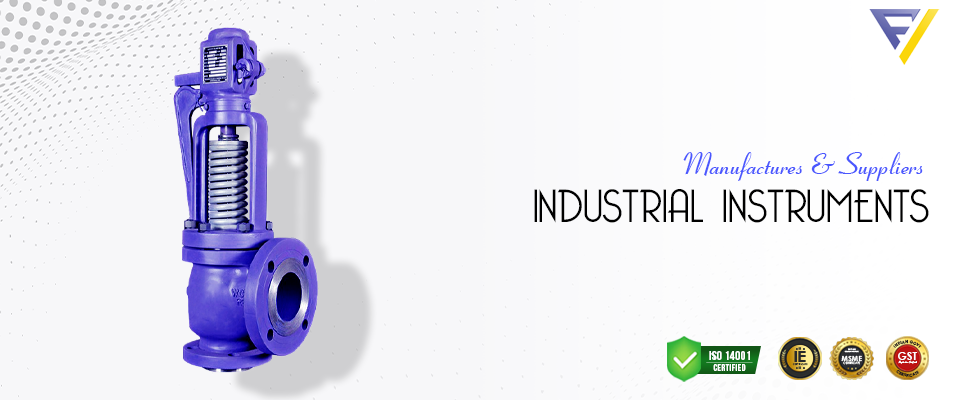Industrial safety pressure relief valves release pressure when a valve is opened or closed. They are also known as pressure relief valves (PRVs). An industrial safety valve aims to protect the operator from injury by releasing pressure when the valve is opened or closed. The pressure relief valve is commonly used to release pressure in a pipe or other line when an operator opens a valve. Industrial safety valves are used in industrial processes such as oil and gas production, chemical manufacturing, and food processing.
They are also used in manufacturing hydraulic and pneumatic equipment, such as air compressors and hoses. They can be manually operated or remotely controlled. The type of valve that is chosen depends on the type of operation that is being performed. The industrial safety valve is a critical component in any industrial process. Having a reliable and functional safety valve that can be opened or closed quickly and with minimal effort is important.
Safety Pressure Relief Valve Specification
| Size | : | 25 x 50 mm to 250 x 350 mm |
| Pressure | : | 150 # to 2500 # |
| Design | : | API, ASME & IBR |
| Material | : | Cast Steel, Alloy Steel and Stainless Steel |
| End Connection | : | Flanged End |
| Accessories | : | Lever , soft seat, Test Garg, Bellows, etc. |
Applicable Standards
- ASME BPVC Section VIII Division I
- API 520 | API 526 | API 527
- ASME B 16.34
- ASME B 16.5
Design, Features & Benefits
- Rugged Construction
- Replaceable Nozzle & Easy Maintenance Procedure
- Soft Seating Arrangement for Tight Shut-off
- Stellited Trims for High Pressure & Temperature
- High Efficiency & Better Performance
- The Material Selection of Guiding Components with Self Aligning Disc Ensure No Gailing of Guidance Surface
- High Efficiency Spring
Optional Features
- Soft Sitting Arrangement for Tight Shut-off
- Open Bonnet till L Orifice
- Packed Lever
- Test Gas
- Bellow Arrangement to Prevent Back Pressure Effect







